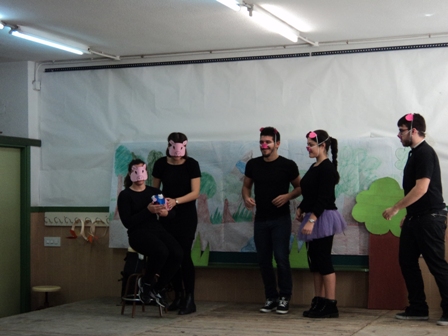Exploring Valencian Fruit
When I came to Spain I knew I was going to need a dictionary quite often, although it never occurred to me that it would be to improve my English.
April and May are the months when Valencia offers up one of its finest fruits, the ‘nispero’ and I had munched away on many before it occurred to me that I hadn’t a clue what it was called in English.
Well, it turns out that it’s a ‘medlar’ and it has a pretty interesting story to tell.

To begin with it belongs to the rose family, botanically speaking, as most of us don’t, and that its technical name is mespilus germanica, although it comes originally from Iran and was enjoyed by the Romans.
In England, where it has existed and even grown since medieval times, it is known as open-arse and monkey’s bottom, a tribute to the high culture and aspiration born on that island of islands.
Despite its humble appearance and unambitious commercial exploitation compared to oranges, or even persimmons, another name I had to look up on arriving here, the medlar has been quite loquacious in literature.
Chaucer used it to symbolise prostitution in The Reeve’s Tale, while Shakespeare, who was always fond of his fruit, goes to town, employing it in Timon of Athens, Measure for Measure, As You Like It, and even Romeo and Juliet, possibly for the rose connection.
Miguel de Cervantes has Don Quixote and Sancho Panza “stretch themselves out in the middle of a field and stuff themselves with acorns or medlars.” Indubitably a curious field indeed, from a horticultural point of view.
Even the Bible has a word for them as following Cain’s murder of Abel, medlars grew, fertilised from the first blood of innocence.
Easy to peel, sweet, but not too much so, and with an impressive selection of brown stones inside for some serious spitting, the medlar makes late spring and early summer a delight, and an excellent foretaste for the cherry frenzy to follow.






Recent Comments